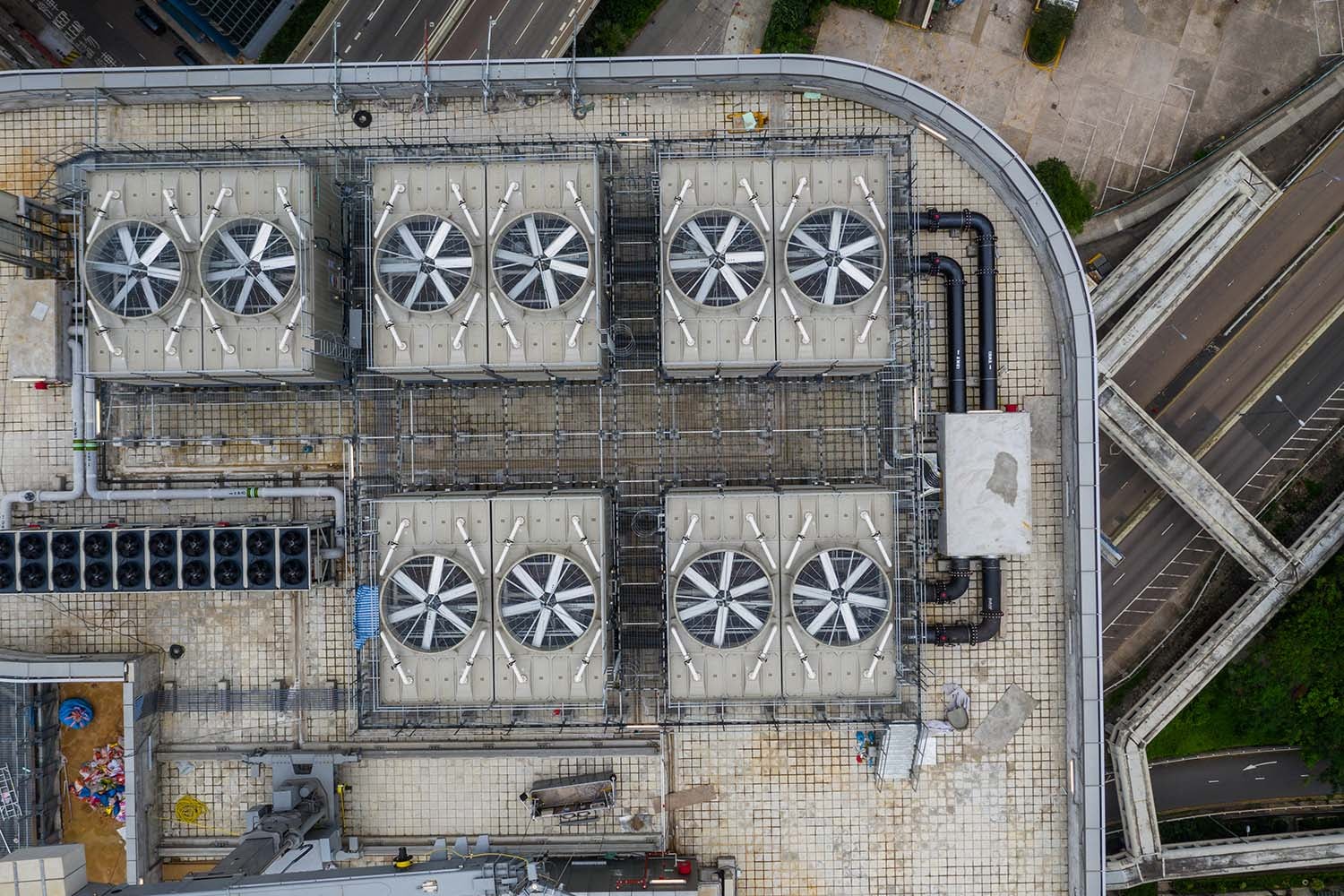Summer is upon us! With warm weather rolling in, you don’t want to be caught without cool air circulating throughout your home or office. It’s important to be aware of the type of cooling system you have in order to understand how to maintain it, as well as identify potential problems before any needed repairs move toward breaking the bank. Read our blog post below to learn about the differences between refrigeration and air conditioning, what refrigeration cooling means, and how to identify potential issues.
What is Refrigeration Cooling?
When we talk about refrigeration cooling, we aren’t just talking about the esteemed machine in the kitchen that keeps all your food and beverages cool. We are talking about a system that cools your home, public events, and even some workplaces. Refrigerated cooling is necessary to keep cool air flowing and avoid overheating.
Refrigeration is the process of lowering the temperature of an area more than its surrounding temperature, by extracting an amount of heat from it. Think of when you plug in your refrigerator. It takes a while to chill, right? That’s because refrigeration is not a spontaneous process and requires that the temperature around the system be warmer than the ambient temperature, or the area that is being cooled down for object storage.
Refrigeration is a process where refrigerant, a compound typically found in either a fluid or gaseous state, is moved from four different parts in order to be turned into cool air.
How Does Refrigeration Keep Stuff Cool?
You can think of refrigeration as a hot cup of tea being placed on the table. After some time, you will notice that the temperature of the tea becomes equal to the surrounding temperature. This is the cooling process, whereas refrigeration is more like putting ice into a glass of water. You will notice that the temperature of the glass is lower than the surrounding temperature.
Refrigeration uses compressors to complete the cooling process. A refrigerator compressor is a component on refrigerators in the kitchen, or even in swamp coolers. It starts with the evaporator coils which bring air in and remove heat from the air, which moves to the expansion valve which evaporates gas. After this, the metal coils dissipate the heat into the air and the hot gas is pushed out of the system. The cool, liquid gas is then pilled in through the compressor. To sum this up, there are four parts to the refrigerator compressor to be aware of:
- Evaporator
- Compressor
- Condenser
- Expansion Valve
If you suspect that your refrigeration system may not be working, you can check on each of these components to see what the problem may be. If no hot air is emanating from the system, you could assume that there might be a problem with the condenser or expansion valve where hot, pressurized air is moved through. If no cool air is circulating, there might be an issue with the compressor which is responsible for pulling in cool air.
Call B&D Industries if You Need Refrigeration Maintenance
For more than 65 years, B&D has worked tirelessly to provide residents in the southwest with a wide range of services to keep their homes running smoothly. Everything from refrigeration, air conditioning, ductless air, chillers, inspections, and 24-hour emergency service, we’re the go-to for residential and commercial repair. Call us to book an appointment today!


